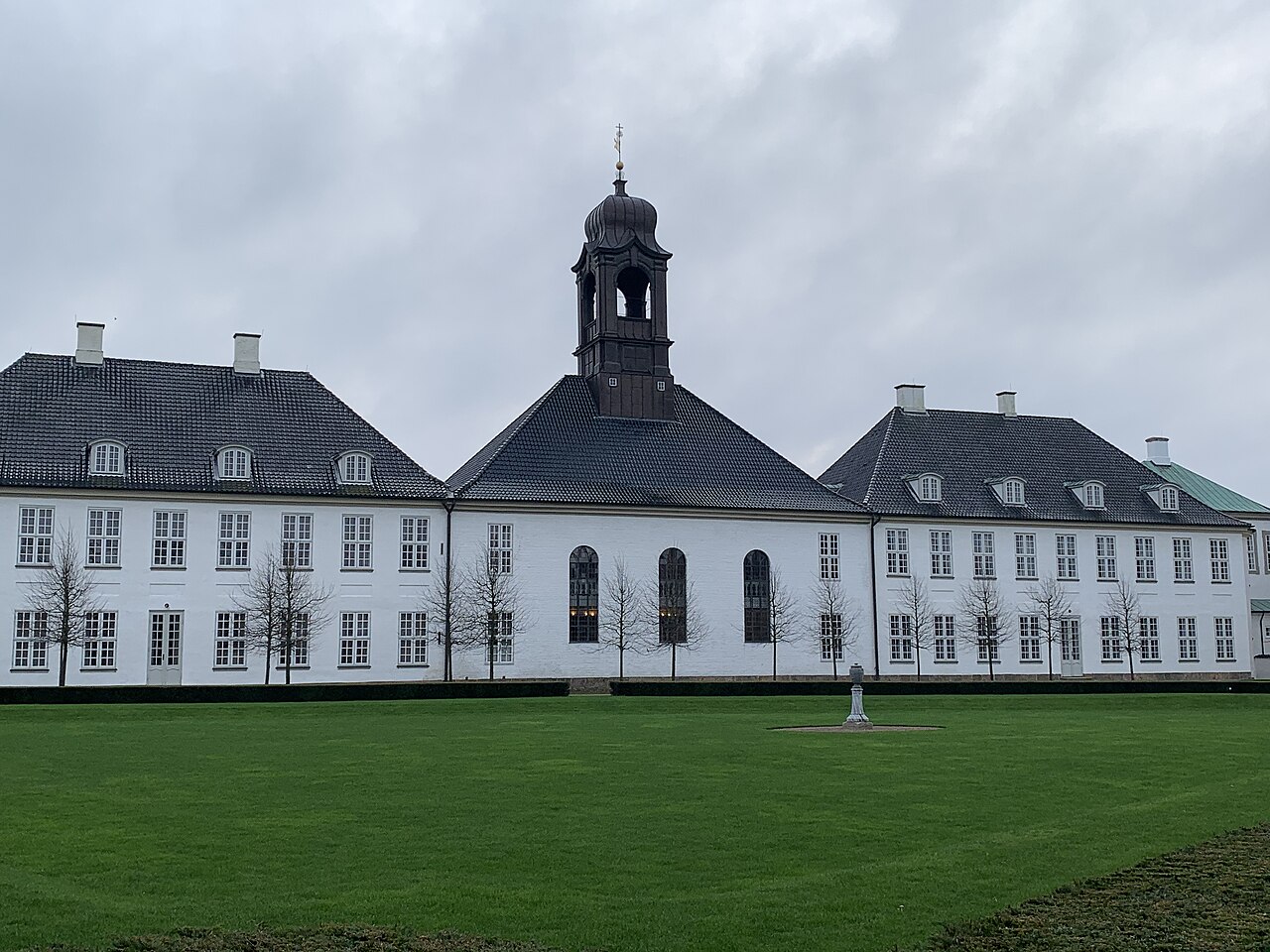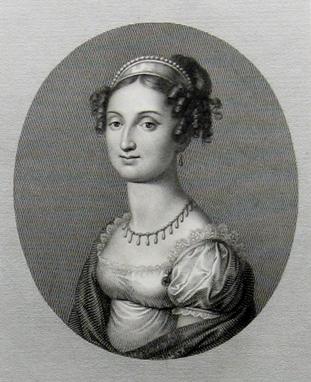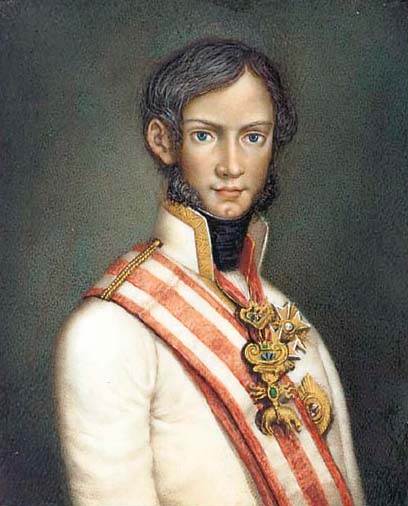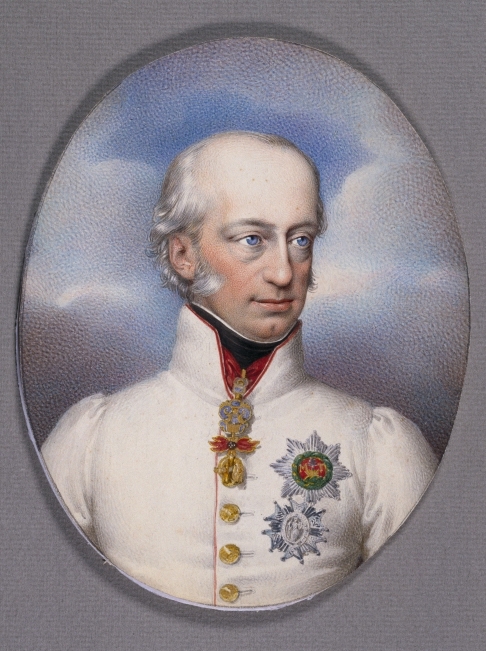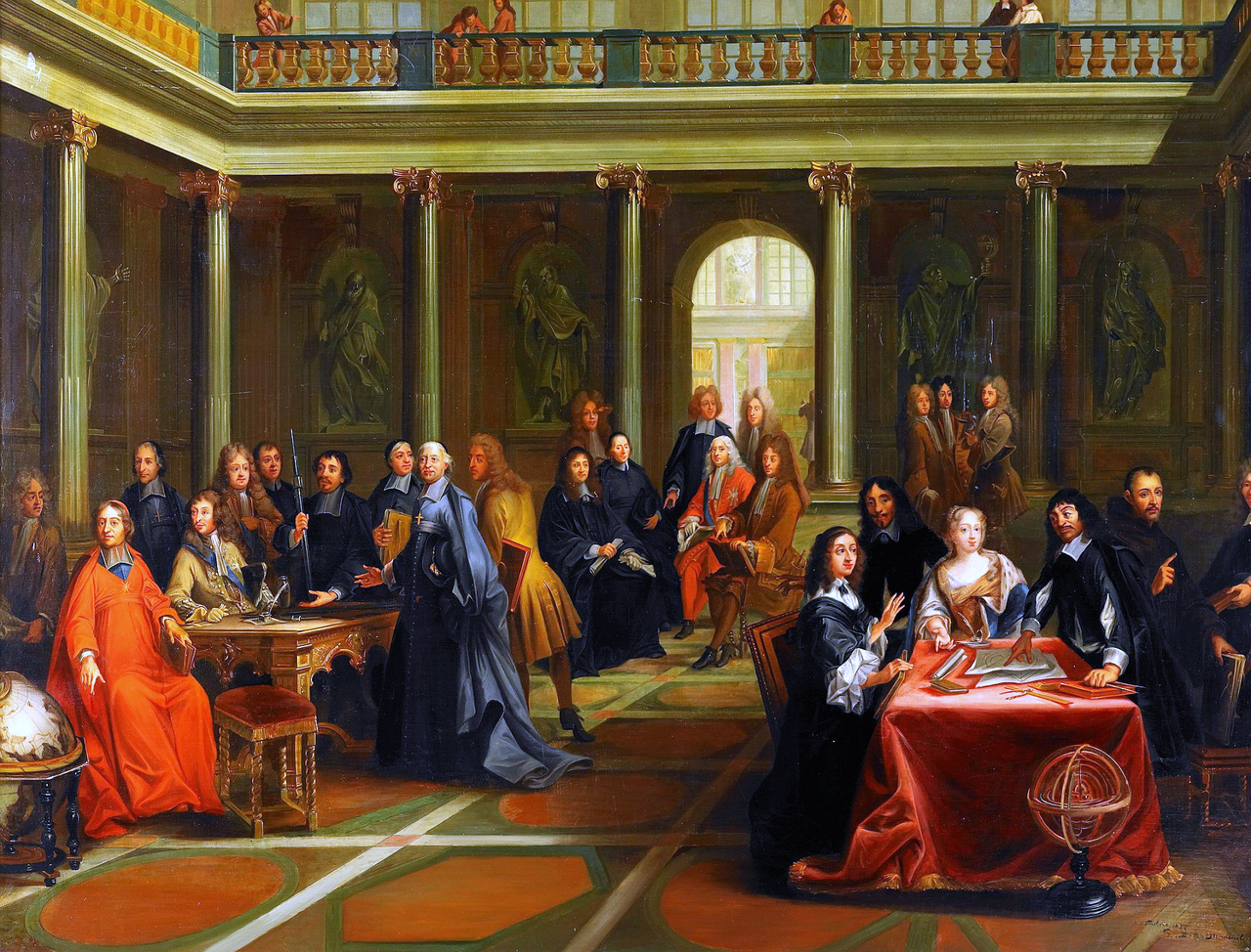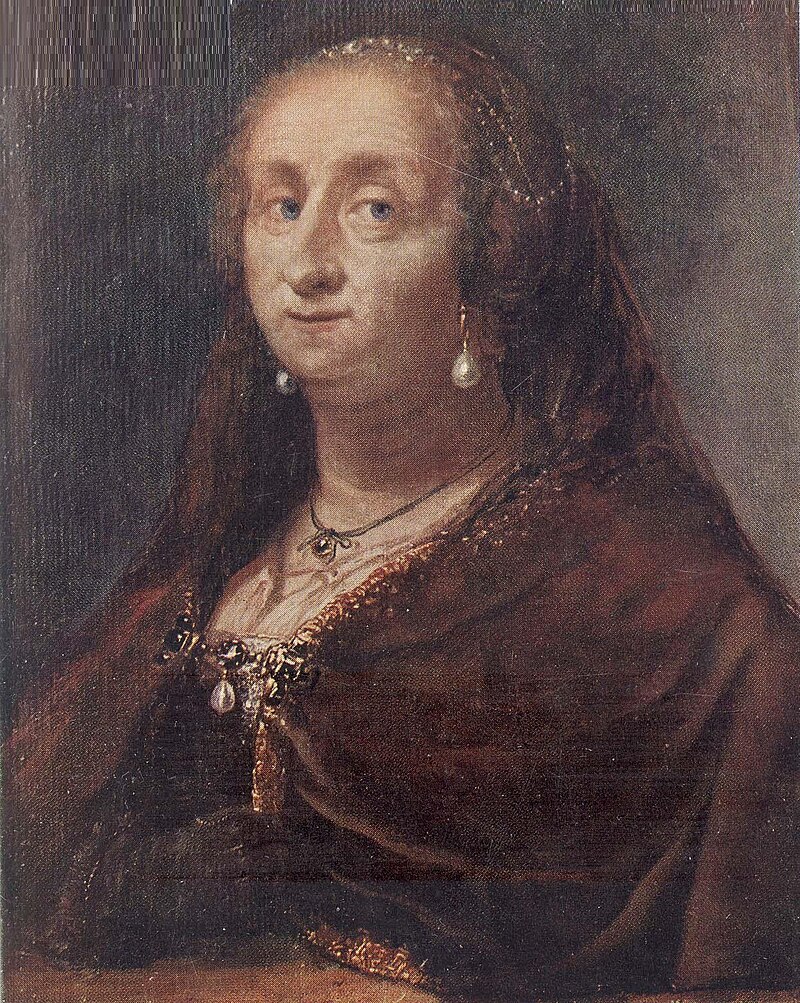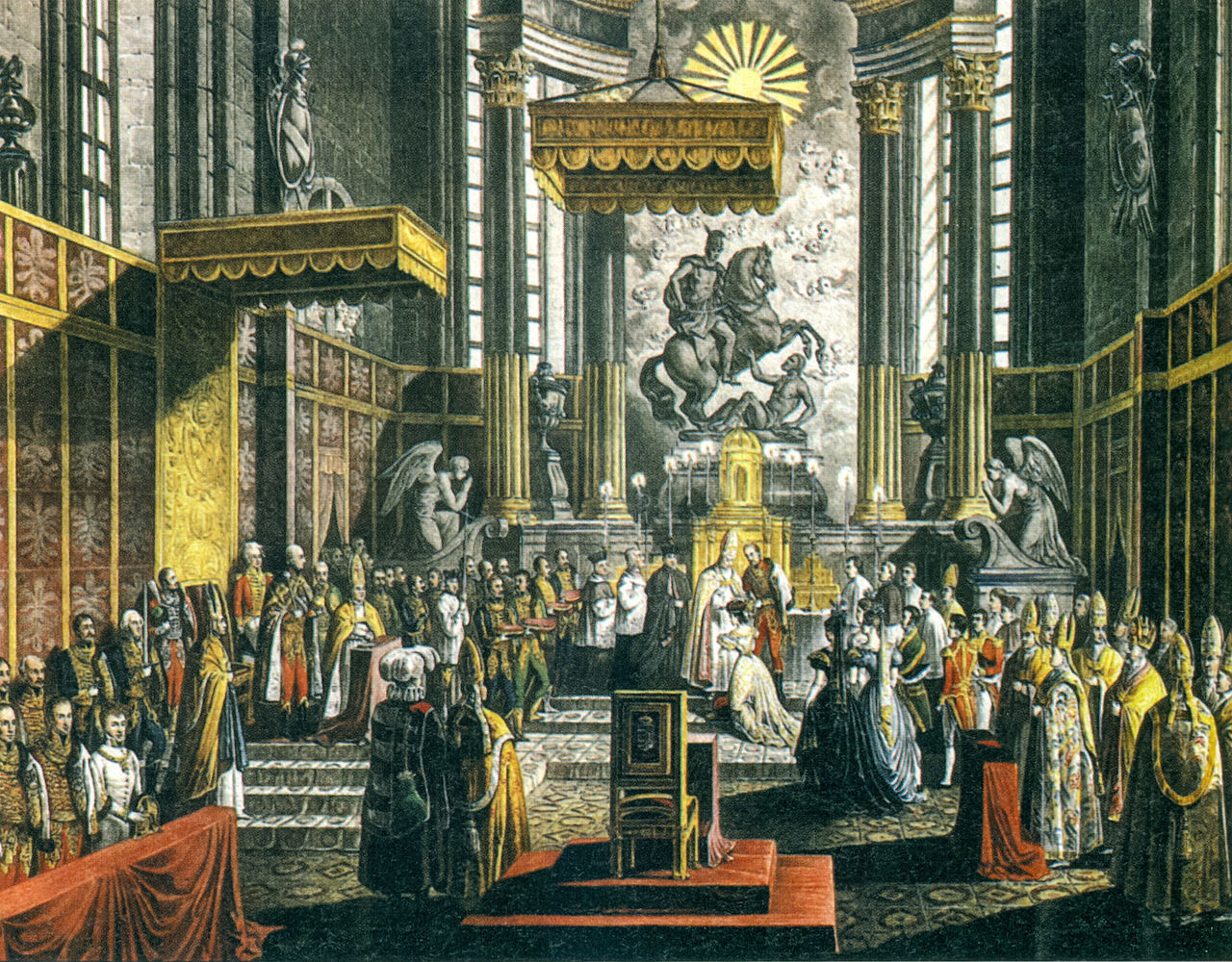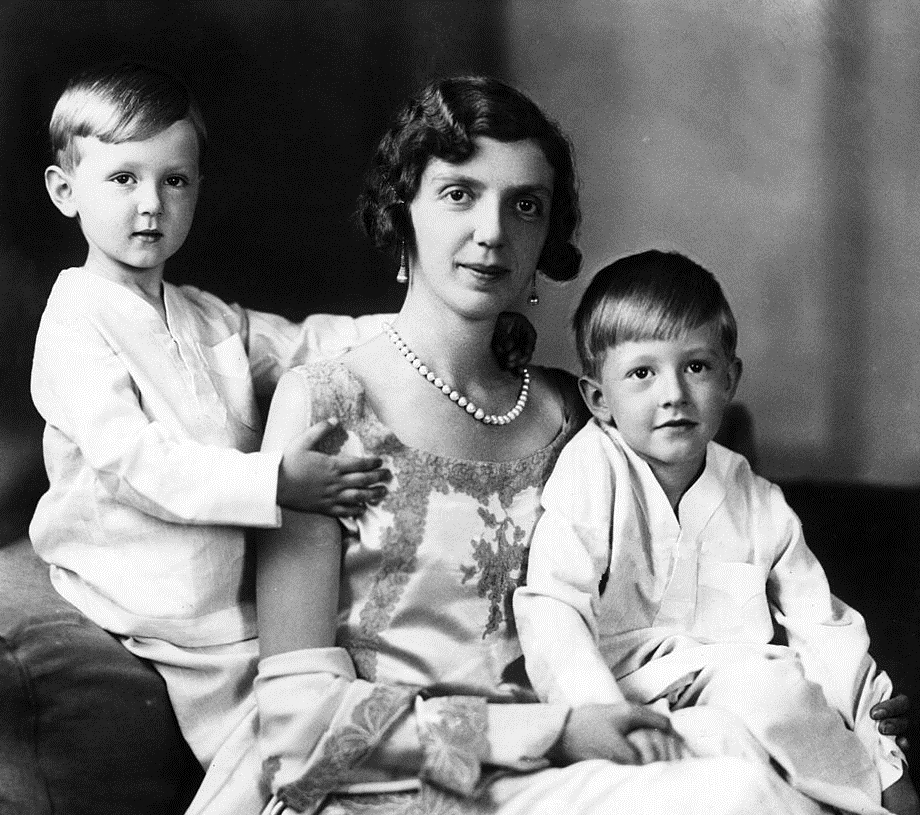by Susan Flantzer
© Unofficial Royalty 2021
The Grand Duchy of Tuscany was located in present-day northwest Italy. It existed, with a few interruptions, from 1569 – 1859. Tuscany was ruled by the de Medici family from 1434–1494 and from 1512 until the extinction of its senior branch in 1737. In 1569, Pope Pius V elevated Tuscany to a Grand Duchy and Cosimo I de’ Medici became its first Grand Duke.
In 1737, the House of Habsburg-Lorraine obtained control of the Grand Duchy of Tuscany. François Étienne, Duke of Lorraine exchanged the Duchy of Lorraine for the Grand Duchy of Tuscany. Stanisław I, the father-in-law of King Louis XV of France, had abdicated the throne of Poland in 1736 and now became the Duke of Lorraine.
Except for a period of thirteen years from 1801 – 1814 during the French Revolutionary Wars and Napoleonic Wars, the House of Habsburg-Lorraine retained the Grand Duchy of Tuscany until Tuscany was annexed to the Kingdom of Sardinia in 1860, as a part of the unification of Italy. In 1861, Vittorio Emanuele II, King of Sardinia was proclaimed the first King of the new, united Kingdom of Italy.
Two Grand Dukes of Tuscany were also Holy Roman Emperors: Francesco II Stefano, Grand Duke of Tuscany (reigned 1737 – 1765) also Franz I, Holy Roman Emperor (reigned 1745 – 1765) and Pietro Leopoldo I, Grand Duke of Tuscany (reigned 1765 – 1790) also Leopold II, Holy Roman Emperor (reigned 1790 – 1792).
********************

Maria Antonia of Bourbon-Two Sicilies, Grand Duchess of Tuscany; Credit – Wikipedia
Maria Antonia of the Two Sicilies was the second wife of Leopoldo II, Grand Duke of Tuscany. Maria Antonietta Giuseppa Anna was born at the Royal Palace of Palermo, Kingdom of Sicily, now in Italy on December 19, 1814. She was the sixth of the twelve children and the third of the six daughters of Francesco I, King of the Two Sicilies and his second wife Maria Isabella of Spain. Maria Antonia’s paternal grandparents were Ferdinando, who reigned as King of Naples and King of Sicily from 1759 – 1816, and then as King Ferdinando I of the Two Sicilies from 1816 – 1825, and his first wife Archduchess Maria Carolina of Austria. Her maternal grandparents were Carlos IV, King of Spain and Maria Luisa of Parma.
Maria Antonia had two half-siblings from her father’s first marriage to his double first cousin Archduchess Maria Clementina of Austria who died from tuberculosis at the age of twenty-four:
- Maria Carolina of Bourbon-Two Sicilies (1798 – 1870), married (1) Charles Ferdinand d’Artois, Duke of Berry, had two surviving children (2) Ettore Carlo Lucchesi-Palli, 8th Duke della Grazia, had five children
- Fernando Francesco of Bourbon-Two Sicilies (1800 – 1801), died in infancy

Left to right: Maria Isabella, second wife of Francesco holding Maria Carolina, Maria Antonia, Luisa Carlotta, Maria Cristina, Ferdinando, Francesco holding Maria Amalia, Carlo, Prince of Capua and Leopoldo, Count of Syracuse; Credit – Wikipedia
Maria Antonia had eleven siblings. Unusual for the time, all eleven survived childhood:
- Luisa Carlotta of Bourbon-Two Sicilies (1804 – 1844), married her maternal uncle Francisco de Paula of Spain, had eleven children
- Maria Cristina of Bourbon-Two Sicilies (1806 – 1878), married (1) her maternal uncle Ferdinand VII, King of Spain, had two daughters including Queen Isabella II of Spain (2) Agustín Fernando Muñoz y Sánchez, 1st Duke of Riánsares, had eight children
- Ferdinando II, King of the Two Sicilies (1810 – 1859), married (1) Maria Cristina of Savoy, had one child Francesco II, King of the Two Sicilies, died from childbirth complications (2) Maria Theresa of Austria, had twelve children
- Carlo Ferdinando of Bourbon-Two Sicilies, Prince of Capua (1811 – 1862), married morganatically Penelope Smyth, had two children
- Leopoldo Beniamino of Bourbon-Two Sicilies, Count of Syracuse (1813 – 1860), Maria of Savoy-Carignan, had one daughter who died in infancy
- Antonio Pasquale of Bourbon-Two Sicilies, Count of Lecce (1816 – 1843), unmarried, clubbed to death by the husband of a married woman he had tried to seduce
- Maria Amalia of Bourbon-Two Sicilies (1818 – 1857), married Infante Sebastian of Portugal and Spain, no children
- Maria Carolina of Bourbon-Two Sicilies (1820 – 1861), married Carlos of Spain, Count of Montemolin, Carlist pretender to the Spanish throne, no children
- Teresa Cristina of Bourbon-Two Sicilies (1822 – 1889), married Emperor Pedro II of Brazil, had four children
- Luigi Carlo of Bourbon-Two Sicilies, Count of Aquila (1824 – 1897), married Januária, Princess Imperial of Brazil, had four children
- Francesco di Paola of Bourbon-Two Sicilies, Count of Trapani (1827 – 1892), married his niece Maria Isabella of Austria, Princess of Tuscany, had six children

Maria Antonia at the time of her wedding; Credit – Wikipedia
In 1832, Maria Anna of Saxony, Grand Duchess of Tuscany, the wife of Leopoldo II, Grand Duke of Saxony, died from tuberculosis. Leopoldo greatly grieved his beloved wife Maria Anna but because he had three daughters and needed a male heir to ensure the succession. If Leopoldo did not have a male heir, the throne of the Grand Duchy of Tuscany would revert to Leopoldo’s Austrian Habsburg relatives. On June 7, 1833, at the chapel of the Royal Palace in Naples, Kingdom of the Two Sicilies, now in Italy, Leopoldo married his first cousin Maria Antonia.

Leopoldo II, Grand Duke of Tuscany; Credit – Wikipedia
Maria Antonia and Leopoldo had ten children including Leopoldo’s heir, the last Grand Duke of Tuscany, Ferdinand IV:
- Archduchess Maria Isabella of Austria (1834 – 1901), married her maternal uncle Francesco di Paola of Bourbon-Two Sicilies, Count of Trapani, had six children
- Ferdinando IV, Grand Duke of Tuscany (1835 – 1908) married (1) Anna of Saxony, had one daughter, miscarried another daughter due to typhoid fever, and died four days later (2) Alicia of Bourbon-Parma, had ten children
- Archduchess Maria Teresa of Austria (1836 – 1838), died in childhood
- Archduchess Maria Cristina of Austria (1838 – 1849), died in childhood
- Archduke Karl Salvator of Austria (1839 – 1892), married Maria Immaculata of Bourbon-Two Sicilies, had ten children
- Archduchess Maria Anna of Austria (1840 – 1841), died in infancy
- Archduke Rainer of Austria (1842 – 1844), died in childhood
- Archduchess Maria Luisa of Austria (1845 – 1917), married Karl, Prince of Isenburg, had nine children
- Archduke Ludwig Salvator of Austria (1847 – 1915), unmarried, known for his scientific and regional studies of the Mediterranean region.
- Archduke Johann Salvator of Austria (1852 – reported lost at sea in 1890, officially declared dead in 1911), married opera dancer Ludmilla Stubel, there was speculation of Johann Salvator’s survival under the alias Johann Orth
The Revolutions of 1847/1848 caused Leopoldo to enact a constitution but it was not enough for the radical forces who wanted to eliminate Austrian influence. In January 1849, Leopoldo, Maria Antonia, and their family left Florence when a provisional republican government was formed. However, the republican government was short-lived due to a counter-revolution by Austrian troops and Leopoldo was able to return to Florence.
In 1859, the Grand Ducal family was forced to flee Florence permanently because of the wars caused by the Italian unification movement, and the family took refuge in Austria. On July 21, 1859, Leopoldo II abdicated in favor of his son Ferdinand IV who was Grand Duke of Tuscany in name but never really reigned. The Grand Duchy of Tuscany was annexed to the Kingdom of Sardinia in 1860, as a part of the unification of Italy. In 1861, Vittorio Emanuele II, King of Sardinia was proclaimed the first King of the new, united Kingdom of Italy.

Schlackenwerth Castle; Credit – Wikipedia
The former Grand Ducal Family of Tuscany settled in the Kingdom of Bohemia, then part of the Austrian-Hungarian Empire ruled by Leopoldo’s Austrian Habsburg relatives. The family resided at Schlackenwerth Castle (link in German) in Schlackenwerth, a German-speaking town in the Kingdom of Bohemia, now Ostrov, in the Czech Republic. The people of the town treated Leopoldo with great respect and asked him to become the mayor of Schlackenwerth. In November 1869, Leopoldo and Maria Antonia made a pilgrimage to Rome, and Leopoldo died there on January 29, 1870, at the age of 72. Initially, Leopoldo was buried in Rome at the Basilica of the Twelve Apostles (Santi Apostoli). In 1914, his remains were transferred to Vienna, Austria where they were interred in the Tuscan Vault at the Imperial Crypt in the Capuchin Church.

Schloss Ort; Credit – By Bwag – Own work, CC BY-SA 4.0, https://commons.wikimedia.org/w/index.php?curid=77565334
After the death of her husband, Maria Antonia mostly lived at Schloss Ort in Gmunden, a town on the Traunsee, a lake in Austria. Every year she went to Rome where she prayed at her husband’s grave and visited the Pope.
Maria Antonia in 1898, the year of her death; Credit – Wikipedia
Maria Antonia survived her husband by twenty-eight years, dying at the age of 83 on November 7, 1898, at Schloss Ort in Gmunden, Austria. She was interred in the Ferdinand Vault at the Imperial Crypt at the Capuchin Church in Vienna, Austria.
This article is the intellectual property of Unofficial Royalty and is NOT TO BE COPIED, EDITED, OR POSTED IN ANY FORM ON ANOTHER WEBSITE under any circumstances. It is permissible to use a link that directs to Unofficial Royalty.
Grand Duchy of Tuscany Resources at Unofficial Royalty
Works Cited
- En.wikipedia.org. 2021. Princess Maria Antonia of the Two Sicilies – Wikipedia. [online] Available at: <https://en.wikipedia.org/wiki/Princess_Maria_Antonia_of_the_Two_Sicilies> [Accessed 28 September 2021].
- Flantzer, S., 2021. Francesco I, King of the Two Sicilies. [online] Unofficial Royalty. Available at: <https://www.unofficialroyalty.com/francesco-i-king-of-the-two-sicilies/> [Accessed 28 September 2021].
- Flantzer, Susan, 2021. Leopoldo II, Grand Duke of Tuscany. [online] Unofficial Royalty. Available at: <https://www.unofficialroyalty.com/leopoldo-ii-grand-duke-of-tuscany/> [Accessed 28 September 2021].
- It.wikipedia.org. 2021. Maria Antonia di Borbone-Due Sicilie – Wikipedia. [online] Available at: <https://it.wikipedia.org/wiki/Maria_Antonia_di_Borbone-Due_Sicilie> [Accessed 28 September 2021].
- Wheatcroft, Andrew, 1995. The Habsburgs. New York: Viking.
- Wilson, Peter, 2016. Heart of Europe – A History of the Holy Roman Empire. Cambridge: Belknap Press of Harvard University Press.

